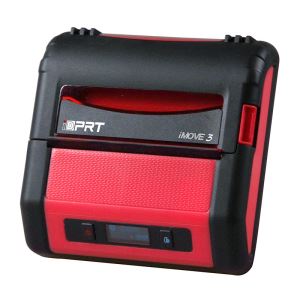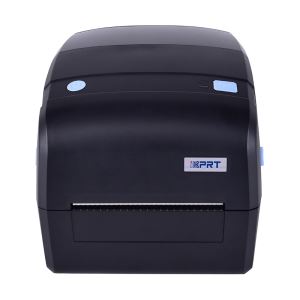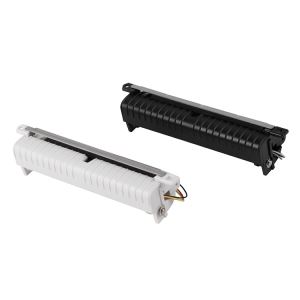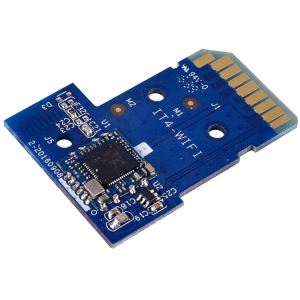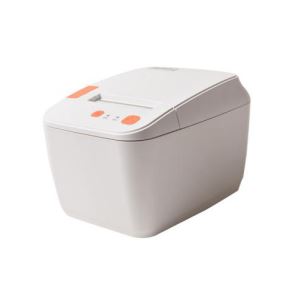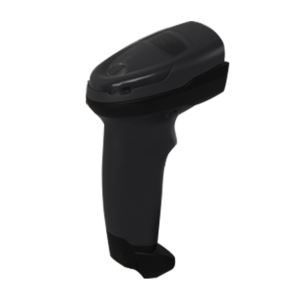Counter barcode scan read
At retail chains, convenience stores, bookstores, or pharmacies, cashiers usually bring items to the counter for barcode scanning. Desktop bar code scanners are compact, usually placed on a cashier's desk and connected to the POS system. It forms a network of intersecting scan lines through a large scan window, so as to realize omnidirectional bar code scanning. Operators do not need to carefully adjust the direction of the bar code, but also can quickly and easily read the bar code, speed up the checkout process.
Handheld barcode scanning for reading
A handheld barcode scanner is the most commonly used and flexible barcode scanning and recognition equipment, generally laser, linear array CCD and matrix CCD. They are suitable for scanning objects of different sizes and shapes, and the operator can work from a stationary station or can be connected to a handheld or vehicular data terminal for mobile work. Readable barcode system (one-dimensional or two-dimensional, stacked or matrix), scanning distance, depth of field, resolution, industry level, interface mode, shape structure, application and feedback mode, and other factors must be considered when choosing a handheld barcode scanner.
Wireless mobile bar code scanning reading
In general, handheld barcode scanners require a cable connection to a PC, POS or other stationary terminals to work. In most cases, this is acceptable. However, in some cases, operators need to perform barcode scanning over a wide area, and communication cables become a great constraint. The wireless barcode scanner USES a large rechargeable battery to replace the cable connection with wireless communication, which gets rid of the distance limitation from the fixed computer and facilitates mobile operation. Wireless barcode scanner in addition to the point-to-point communication, that is, a wireless barcode scanner through a wireless base and computer communication, can also be multicast to first whiff, namely multiple barcode scanners through a wireless base and computer communication, concentrate multiple barcode scanners wirelessly connected to the same communication interface of the computer.
The important characteristic of 2d barcode is the high coding density, which is especially suitable for the automatic control and tracking management of small-size products, such as the manufacturing process of printed circuit boards and electronic components. The fixed 2d barcode reader adopts matrix CCD image technology, integrates lighting, graphics acquisition, image processing, decoding and communication modules together, and can quickly and easily identify one-dimensional barcode, stacked 2d barcode (such as PDF417) and matrix 2d barcode (such as Datamatrix and QR code) in all directions. Because of its compact structure and omnidirectional recognition, stationary 2d barcode readers can be easily integrated into automatic production lines or automatic equipment.
Related News
- How To Clean Bluetooth Printer?
- How To Choose A Label Printer?
- The Advantages of Label Printers
- Advantages Of Barcode Printers
- Why Use Thermal Transfer Printing?
- The Diversity Of Label Printers
- Type Of Label Printer
- What Is Label Printer?
- Barcode Printer In The Logistics Industry
- 2D Barcode Scanner
- Transmission Speed Of The Barcode Printer Relat...
- What Does Barcode Payment Scanner Bring To O2O ...
- Barcode Device Hardware And Barcode Device Soft...
- Why Use A Special Label Printer For Printing La...
- Application Of Barcode Scanner In Logistics Dis...
- What Is The Future Of Industrial Barcode Printer?
- Portable Printer VS Desktop Printer
- Classification Of Printers
- Retail And Catering Printer Application Scenarios
- The Development Of Printers


